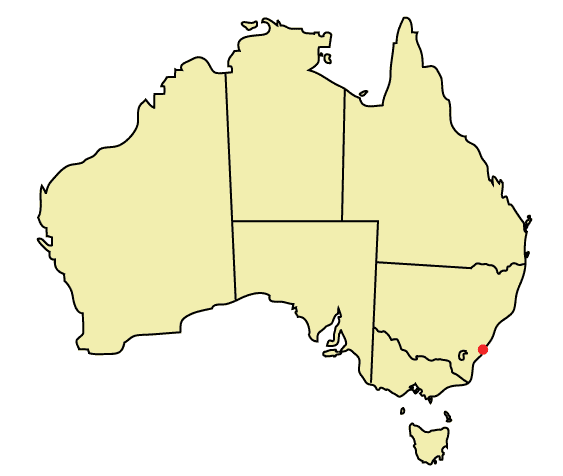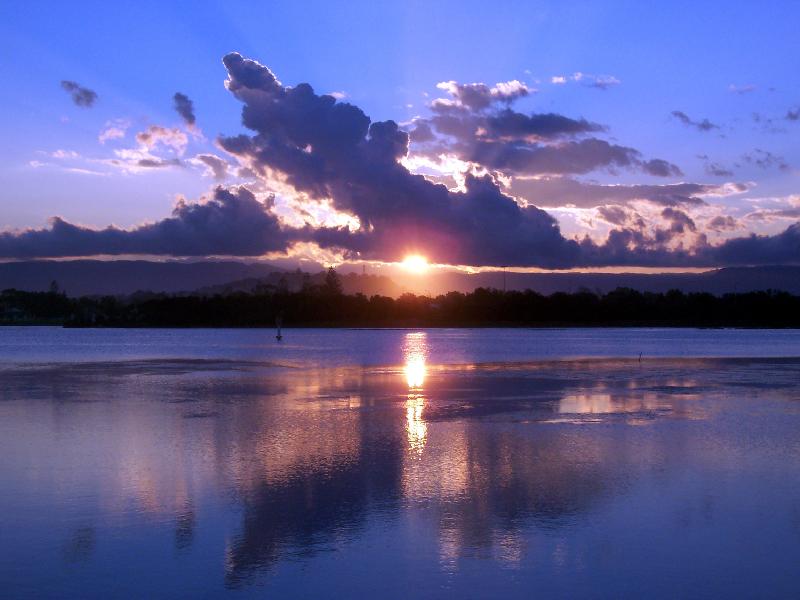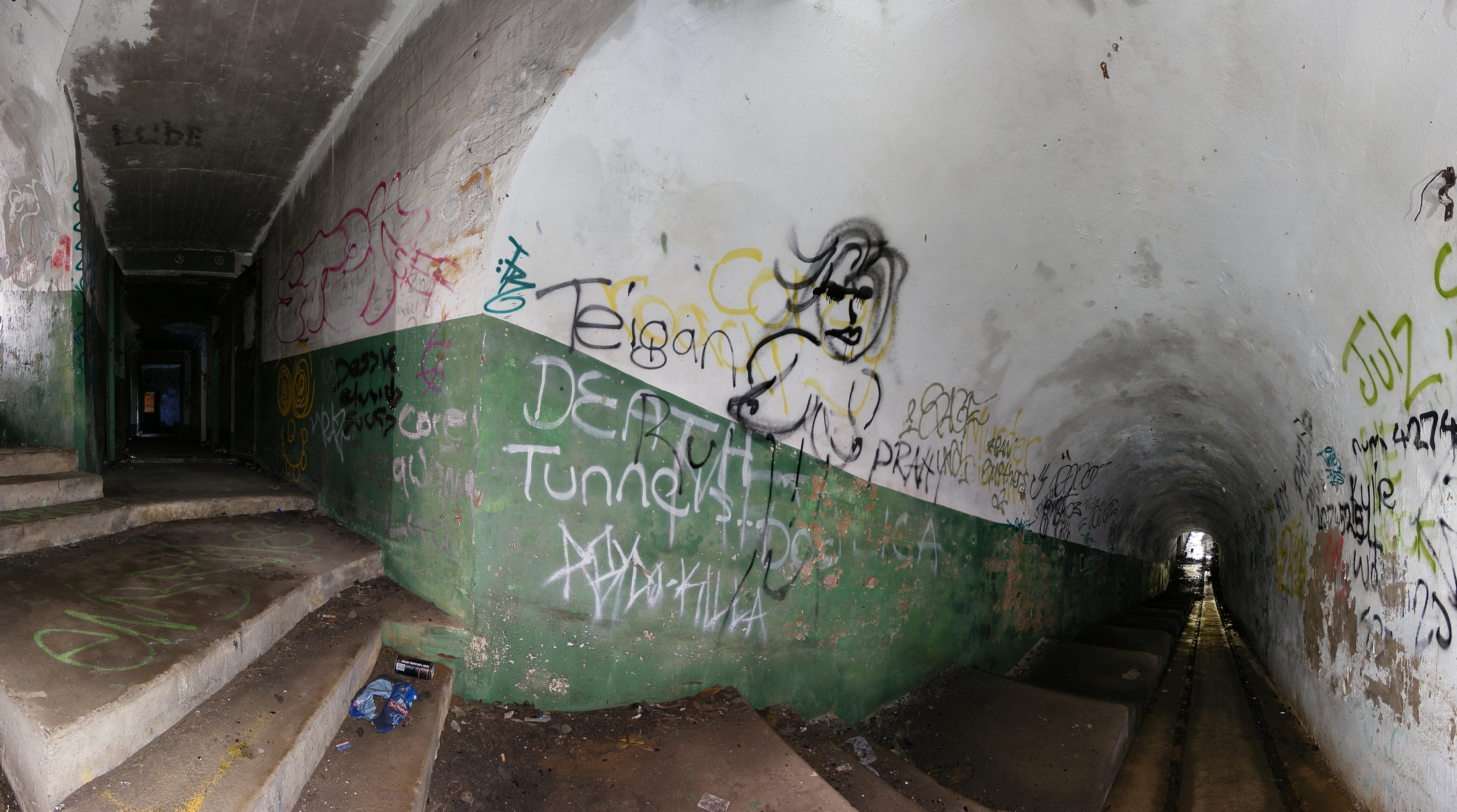|
Geography Of Wollongong
The city of Wollongong, New South Wales, Wollongong has a distinct geography. It lies on a narrow coastal plain flanked by the Pacific Ocean to the east and a steep sandstone precipice known as the Illawarra escarpment, Illawarra Escarpment to the west, most notably Mount Keira, joined to the escarpment by a high saddle. The coastal plain is widest in the south and narrows to the north. Despite being on a plain there are minor hills within it, most notably Mount Nebo, New South Wales, Mount Nebo to the west, and closest to Wollongong is the hill mass west of the railway of Mount Mangerton and Mount Saint Thomas which gives a distinct character to the town, Church Hill and Smiths Hill in the CBD and just north in the high-rise apartment district west of the harbour, Flagstaff Hill at Flagstaff Point, Cobblers Hill to the southwest of Figtree, New South Wales, Figtree, Flagstaff Hill, home of the Nan Tien Temple, a local landmark, Cringila Hill to the south, and Hospital Hill to ... [...More Info...] [...Related Items...] OR: [Wikipedia] [Google] [Baidu] |
Bulli Pass
Bulli Pass is a mountain pass with an elevation of located northwest of , New South Wales, Australia. It is situated on the Illawarra escarpment west of the Illawarra coastal plain. It was built during the 19th century for use by loggers and locals transporting goods to and from Sydney. Beforehand sea travel was the only reliable method. The pass is traversed by the Princes Highway from the Illawarra plain in the south-east to the Woronora Plateau in the north-west, rising over in doing so. The pass has a scenic lookout at the top of Bulli Mountain, near Sublime Point Lookout, and this is the sight of the under construction Southern Gateway project. The pass is protected bushland under the Bulli Pass reserve and walking tracks to the lookouts are under repair since 2003. The pass was the first major route out of the plain, not including Mount Keira Road built in 1834 by convicts or O'Briens Road, a private tollway. The Bulli Pass is mainly a two lane undivided road with a ... [...More Info...] [...Related Items...] OR: [Wikipedia] [Google] [Baidu] |
Lake Illawarra
Lake Illawarra (Australian Aboriginal languages, Aboriginal Tharawal language: various adaptions of ''Elouera'', ''Eloura'', or ''Allowrie''; ''Illa'', ''Wurra'', or ''Warra'' meaning pleasant place near the sea, or, high place near the sea, or, white clay mountain) is an open and Breakwater (structure), trained intermediate wind wave, wave dominated estuary#Lagoon-type or bar-built, barrier estuary or large coastal lagoon , is located in the Illawarra region of New South Wales, situated about south of Sydney, Australia. Until 2014, the lake environment was administered by the Lake Illawarra Authority (LIA), a Government of New South Wales, New South Wales statutory authority established pursuant to the with the aim of transforming the degraded waters and foreshores of Lake Illawarra into an attractive recreational and tourist resource. In 2014, the LIA was replaced by the Lake Illawarra Estuary Management Committee (LIEMC), including representatives from Wollongong and Shellha ... [...More Info...] [...Related Items...] OR: [Wikipedia] [Google] [Baidu] |
Matthew Flinders
Captain (Royal Navy), Captain Matthew Flinders (16 March 1774 – 19 July 1814) was a British Royal Navy officer, navigator and cartographer who led the first littoral zone, inshore circumnavigate, circumnavigation of mainland Australia, then called New Holland (Australia), New Holland. He is also credited as being the first person to utilise the name ''Australia'' to describe the entirety of that continent including Van Diemen's Land (now Tasmania), a title he regarded as being "more agreeable to the ear" than previous names such as ''Terra Australis''. Flinders was involved in several voyages of discovery between 1791 and 1803, the most famous of which are the circumnavigation of Australia and an earlier expedition when he and George Bass confirmed that Van Diemen's Land was an island. While returning to Britain in 1803, Flinders was arrested by the French at the colony of Isle de France (Mauritius), Isle de France. Although Britain and France were at war, Flinders thought t ... [...More Info...] [...Related Items...] OR: [Wikipedia] [Google] [Baidu] |
George Bass
George Bass (; 30 January 1771 – after 5 February 1803) was a British naval surgeon and explorer of Australia. Early life Bass was born on 30 January 1771 at Aswarby, a hamlet near Sleaford, Lincolnshire, the son of a tenant farmer, George Bass, and a local beauty named Sarah (née Newman). His father died in 1777 when Bass was six. He had attended Boston Grammar School and later trained in medicine at the hospital in Boston, Lincolnshire. At the age of 18, he was accepted in London as a member of the Company of Surgeons, and in 1794 he joined the Royal Navy as a surgeon. Career He arrived in Sydney in New South Wales on HMS Reliance (1793), HMS ''Reliance'' on 7 September 1795. Also on the voyage were Matthew Flinders, John Hunter (Royal Navy officer), John Hunter, Bennelong, and his surgeon's assistant William Martin. The voyages of the ''Tom Thumb'' and ''Tom Thumb II'' Bass had brought with him on the ''Reliance'' a small boat with an keel and beam, which he called th ... [...More Info...] [...Related Items...] OR: [Wikipedia] [Google] [Baidu] |
British Navy
The Royal Navy (RN) is the naval warfare force of the United Kingdom. It is a component of His Majesty's Naval Service, and its officers hold their commissions from the King of the United Kingdom, King. Although warships were used by Kingdom of England, English and Kingdom of Scotland, Scottish kings from the early Middle Ages, medieval period, the first major maritime engagements were fought in the Hundred Years' War against Kingdom of France, France. The modern Royal Navy traces its origins to the English Navy of the early 16th century; the oldest of the British Armed Forces, UK's armed services, it is consequently known as the Senior Service. From the early 18th century until the World War II, Second World War, it was the world's most powerful navy. The Royal Navy played a key part in establishing and defending the British Empire, and four Imperial fortress colonies and a string of imperial bases and coaling stations secured the Royal Navy's ability to assert naval superior ... [...More Info...] [...Related Items...] OR: [Wikipedia] [Google] [Baidu] |
World War II
World War II or the Second World War (1 September 1939 – 2 September 1945) was a World war, global conflict between two coalitions: the Allies of World War II, Allies and the Axis powers. World War II by country, Nearly all of the world's countries participated, with many nations mobilising all resources in pursuit of total war. Tanks in World War II, Tanks and Air warfare of World War II, aircraft played major roles, enabling the strategic bombing of cities and delivery of the Atomic bombings of Hiroshima and Nagasaki, first and only nuclear weapons ever used in war. World War II is the List of wars by death toll, deadliest conflict in history, causing World War II casualties, the death of 70 to 85 million people, more than half of whom were civilians. Millions died in genocides, including the Holocaust, and by massacres, starvation, and disease. After the Allied victory, Allied-occupied Germany, Germany, Allied-occupied Austria, Austria, Occupation of Japan, Japan, a ... [...More Info...] [...Related Items...] OR: [Wikipedia] [Google] [Baidu] |
Illowra Battery
Illowra Battery is a former Australian Army coastal-artillery battery located at Hill 60, Port Kembla, New South Wales in Australia, built and in service during World War II. It was also otherwise known as ''Hill 60 Battery''. History Two large naval-gun emplacements were constructed, both housing British BL 6-inch Mk. XI guns and complete with their protective gun-shields formerly held in storage from the decommissioned World War I-era Australian Navy cruisers HMAS ''Brisbane'', ''Sydney'' and HMAS ''Melbourne''. Two large tunnels were built to support the gun-battery and are steep in its descent underground and is fitted with a small-gauge tram/trolleyway used for hauling the guns' shells to their breeches located at the two coastal-gun emplacements above. Aside from the two tunnels, a concrete bunker was also built and is connected to the tunnel system. Illowra Battery was abandoned shortly after the end of World War II in 1945. A mushroom farm was established in its ... [...More Info...] [...Related Items...] OR: [Wikipedia] [Google] [Baidu] |
Port Kembla, New South Wales
Port Kembla is a suburb of Wollongong 10 km south of the CBD and part of the Illawarra region of New South Wales. The suburb comprises a seaport, industrial complex (one of the largest in Australia), a small harbour foreshore nature reserve, and a small commercial sector. It is situated on the tip of Red Point: its first European sighting was by Captain James Cook in 1770. The name "Kembla" is an Aboriginal word meaning "plenty fwild fowl". History Before Port Kembla was an industrial suburb of Wollongong, it was a town with a remarkably self-sufficient society, a growing commercial centre, and a vibrant civic life. Town subdivision began in 1908, and by 1921 there were 1622 residents. Economic expansion propelled further population growth. Port Kembla derives its name from its proximity to Mount Kembla. Industrial change A copper smelter and refinery, the Electrolytic Refinery and Smelting Company of Australia, began production in 1908, followed by the opening of Me ... [...More Info...] [...Related Items...] OR: [Wikipedia] [Google] [Baidu] |
Alluvium
Alluvium (, ) is loose clay, silt, sand, or gravel that has been deposited by running water in a stream bed, on a floodplain, in an alluvial fan or beach, or in similar settings. Alluvium is also sometimes called alluvial deposit. Alluvium is typically geologically young and is not Consolidation (geology), consolidated into solid rock. Sediments deposited underwater, in seas, estuaries, lakes, or ponds, are not described as alluvium. Floodplain alluvium can be highly fertile, and supported some of the earliest human civilizations. Definitions The present Scientific consensus, consensus is that "alluvium" refers to loose sediments of all types deposited by running water in floodplains or in alluvial fans or related landforms. However, the meaning of the term has varied considerably since it was first defined in the French dictionary of Antoine Furetière, posthumously published in 1690. Drawing upon concepts from Roman law, Furetière defined ''alluvion'' (the French term for al ... [...More Info...] [...Related Items...] OR: [Wikipedia] [Google] [Baidu] |
Adit
An adit (from Latin ''aditus'', entrance) or stulm is a horizontal or nearly horizontal passage to an underground mine. Miners can use adits for access, drainage, ventilation, and extracting minerals at the lowest convenient level. Adits are also used to explore for mineral veins. Although most strongly associated with mining, the term ''adit'' is sometimes also used in the context of underground excavation for non-mining purposes; for example, to refer to smaller underground passageways excavated for underground metro systems, to provide pedestrian access to stations (pedestrian adits), and for access required during construction (construction adits). Construction Adits are driven into the side of a hill or mountain, and are often used when an ore body is located inside the mountain but above the adjacent valley floor or coastal plain. In cases where the mineral vein outcrops at the surface, the adit may follow the lode or vein until it is worked out, in which case the ad ... [...More Info...] [...Related Items...] OR: [Wikipedia] [Google] [Baidu] |
Coal
Coal is a combustible black or brownish-black sedimentary rock, formed as rock strata called coal seams. Coal is mostly carbon with variable amounts of other Chemical element, elements, chiefly hydrogen, sulfur, oxygen, and nitrogen. Coal is a type of fossil fuel, formed when dead plant matter decays into peat which is converted into coal by the heat and pressure of deep burial over millions of years. Vast deposits of coal originate in former wetlands called coal forests that covered much of the Earth's tropical land areas during the late Carboniferous (Pennsylvanian (geology), Pennsylvanian) and Permian times. Coal is used primarily as a fuel. While coal has been known and used for thousands of years, its usage was limited until the Industrial Revolution. With the invention of the steam engine, coal consumption increased. In 2020, coal supplied about a quarter of the world's primary energy and over a third of its Electricity generation, electricity. Some iron and steel-maki ... [...More Info...] [...Related Items...] OR: [Wikipedia] [Google] [Baidu] |








